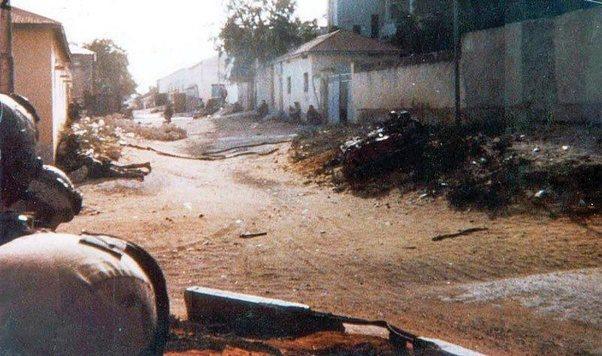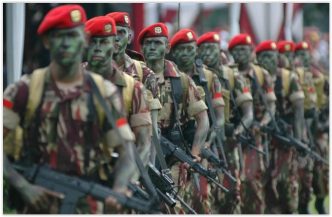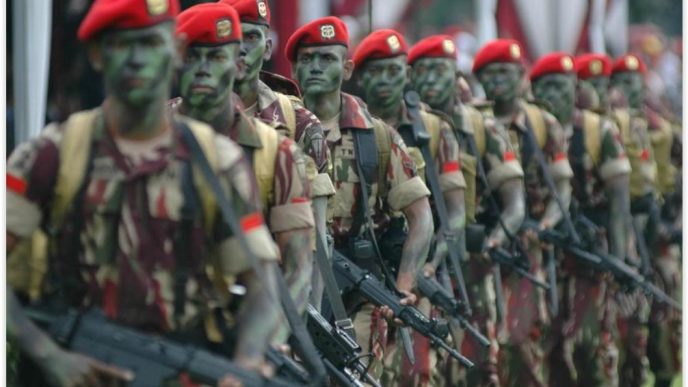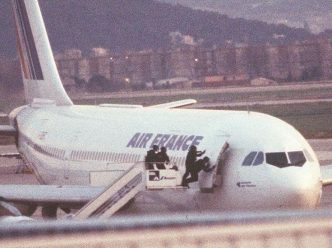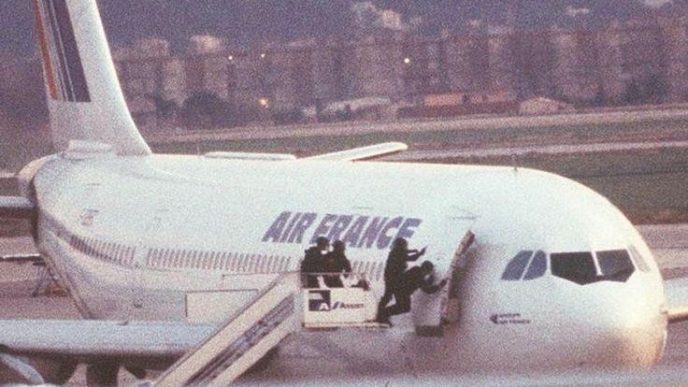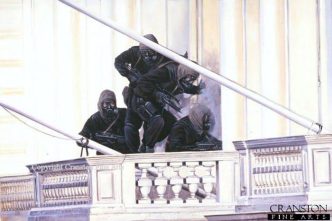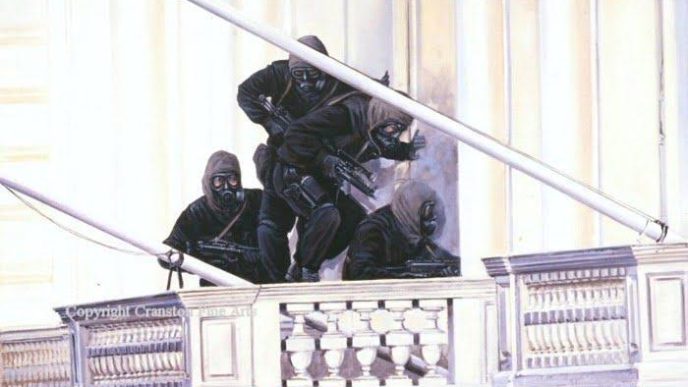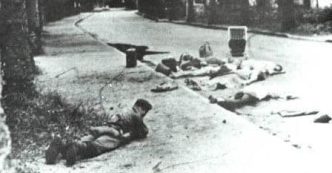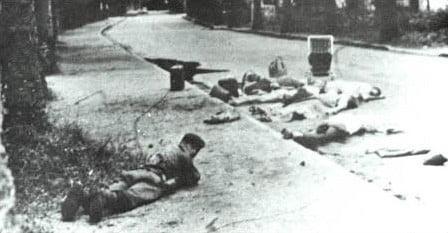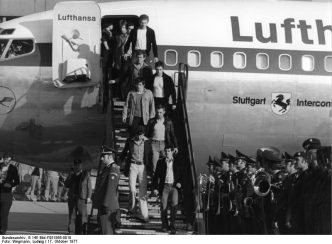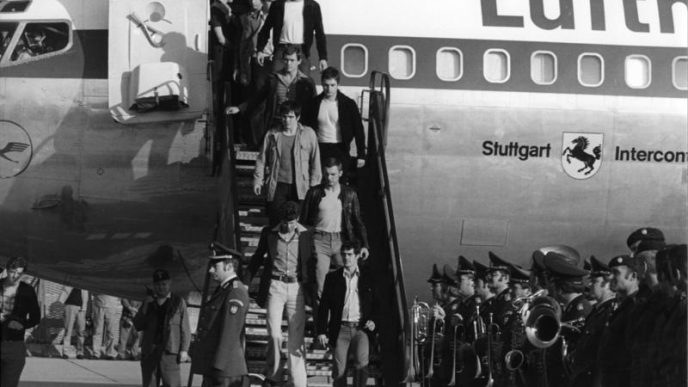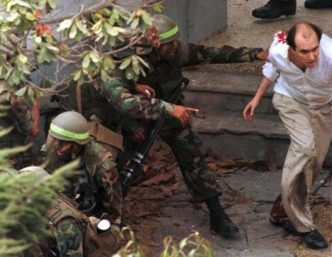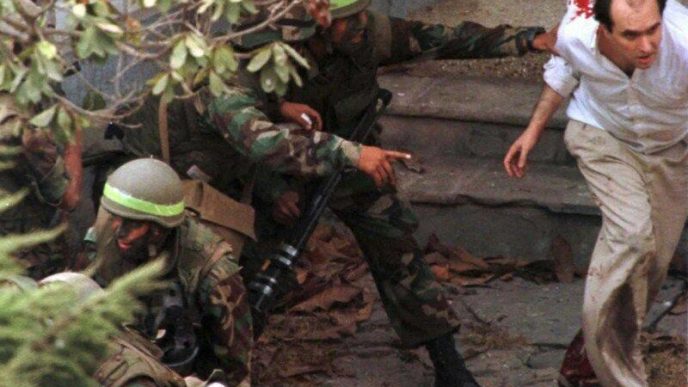The First Battle of Mogadishu, also known as the Day of the Rangers or the Black Hawk Down incident, occurred on October 3-4, 1993, and involved a clash between US Special Operations Forces and Somali militiamen. This intense firefight, which took place in the capital city of Mogadishu, garnered widespread media attention and remained in the news for several days.
Introduction
Somalia, one of the poorest countries in the world, is strategically significant due to its control of oil routes in the Horn of Africa. At the time of the battle, the infamous warlord Mohamed Farrah Aidid ruled the country.
There were nine confrontations known as the Battle of Mogadishu during the US intervention in Somalia. The “Day of the Rangers” refers to the first Battle of Mogadishu, which is famously known as the Blackhawk Down incident. On that day, 18 Americans were killed while fighting against up to a thousand Somali warlord fighters. While it was a loss for the Americans, it was not necessarily a defeat. The mission had to be abandoned, but the Americans conducted a fighting withdrawal and were able to return to their base, killing many of the enemy fighters in the process.
In reality, the people of Mogadishu were the true losers, as they were left to continue living in a troubled and violent city.
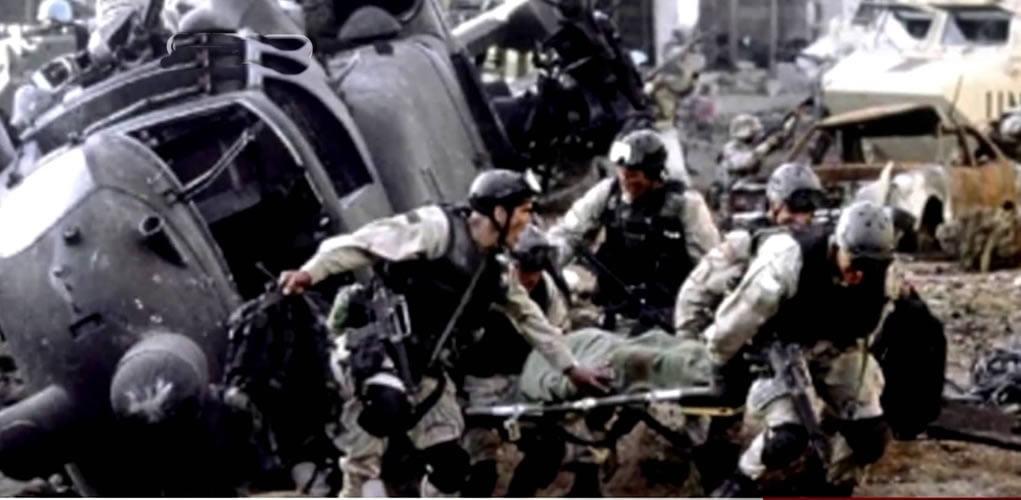
1st Battle of Mogadishu
The 1st Battle of Mogadishu, also known as the Day of the Rangers or the Black Hawk Down incident, was part of a larger operation called Operation Gothic Serpent. The mission was to capture the notorious warlord Mohamed Farrah Aidid and his associates and involved US Special Operations Forces, including Delta Force operators, Navy SEALs, and Army Rangers, as well as helicopter units. The mission was supported by the United Nations Operation in Somalia II (UNOSOM II) and involved a total of 160 soldiers.
US Special Operations Forces (SOF) frequently used surprise tactics to achieve their objectives in Somalia, but they lost this element due to overuse. The Somali opposition leaders were aware that SOF would appear whenever they met, and eventually, they were able to anticipate or luck out in shooting down two Sikorsky UH-60 Black Hawk helicopters using RPG-7s.
The Black Hawk Down incident refers to the desperate defense of the downed helicopters that took place during the night, as depicted in the 2001 film of the same name. The defense included the insertion of two Delta Force snipers who were later posthumously awarded the Medal of Honor. An UNOSOM II armored convoy rescued the survivors the next morning, but not without incurring additional casualties.
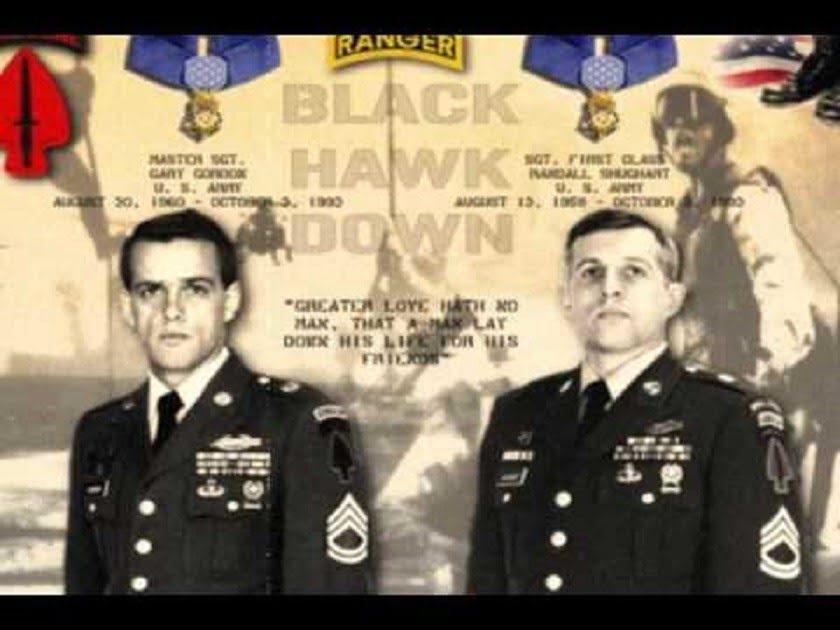
Units involved
Task Force Ranger was a Joint Special Operations Command force that comprised elite special forces units from various branches of the military, including the United States Army Special Operations Command, the Air Force Special Operations Command, and the United States Naval Special Warfare Command. The force was primarily made up of members from the 75th Ranger Regiment and Delta Force.
Mission
The mission was intended to be a short, one-hour operation to capture two of the warlord Mohamed Farrah Aidid’s high-ranking lieutenants during a meeting in Mogadishu. Task Force Ranger, a Joint Special Operations Command force, was assigned to carry out the mission, which involved both an air and ground assault.
The mission’s initial phase was successful, with 22 of Aidid’s associates being arrested. However, the operation quickly turned into a nightmare when US forces encountered unexpected resistance from local militiamen armed with AK-47s and RPGs. The battle that began on October 3, 1993, turned into an overnight standoff and rescue operation that lasted until the daylight hours of October 4.
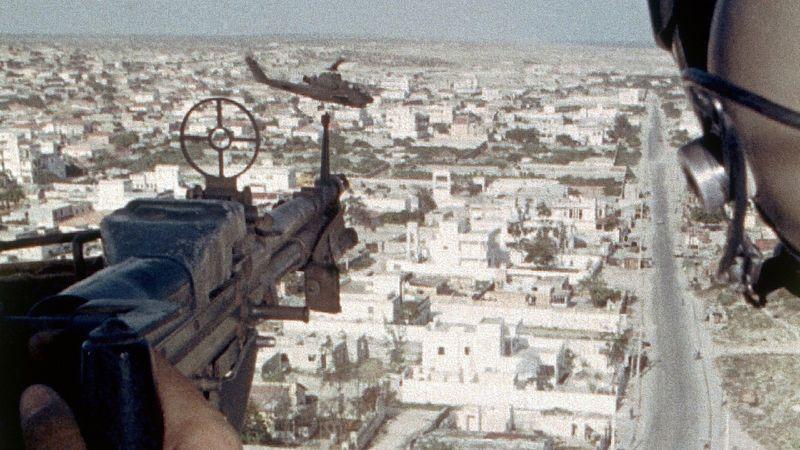
Aftermath
Task Force Ranger was able to capture several high-value targets (HVTs) and inflict heavy casualties on the militia during the 1st Battle of Mogadishu, also known as the Black Hawk Down incident. The militia suffered significant losses in weapons, particularly RPGs, but the Task Force Ranger also sustained casualties despite the significant amount of fighting that took place.
Casualties
During the 1st Battle of Mogadishu, two UH-60 Black Hawk helicopters were lost and 18 soldiers were killed and 73 were wounded during the rescue operation and withdrawal from the crash sites. The exact number of Somali casualties is not known, but estimates range from several hundred to a thousand militiamen and others killed, with injuries to an additional 3,000-4,000 people. At least one Pakistani soldier and one Malaysian soldier were also killed during the second day of the battle as part of the rescue forces.
Lessons learned
There are several lessons that were learned from this mission. These lessons cover a range of topics, from tactics to grand strategy.
- One important lesson is that helicopters are vulnerable and should not be used openly in full daylight, as both the helicopters and special operations units are at risk. Special operations units should always be used covertly.
- The chain of command ignored the fact that no plan survives first contact with the enemy, leading to a lack of preparedness for the mission. The media’s perception of the battle added pressure to move quickly, and the public’s skewed perception of the event forced a hasty withdrawal.
- There was inadequate intelligence about the terrain, enemy forces, and potential civilian involvement, leading to delays and difficulties. The wrong mix of equipment, such as a lack of armored vehicles to provide suppressing fire and the use of vulnerable HMMWVs against RPGs, also contributed to the difficulties faced during the battle.
- The Clinton administration faced criticism for reducing the number of forces allocated to the UN mission, not informing the military of its diplomatic initiatives, and the dual chain of command, and not providing Bradley armored fighting vehicles as requested.
Pentagon assessment
After the unsuccessful mission, General William Garrison, who led the operation, retired. The US withdrew from the conflict in the following months. On October 6, 1993, US President Bill Clinton directed the Acting Chairman of the Joint Chiefs of Staff, Admiral David E. Jeremiah, to stop US forces against warlord Mohamed Farrah Aidid, except those required in self-defense, during a national security policy review session in the White House.
The announcement that the task force, consisting of 160 elite special operations personnel, would be able to easily capture Aidid was met with shock and disbelief when the mission resulted in 19 deaths and a prolonged battle that saw the task force come close to total defeat, with one elite pilot being captured and the bodies of dead special operations personnel being marched through the city. The outcome of the mission was seen as an utter failure by the public.
